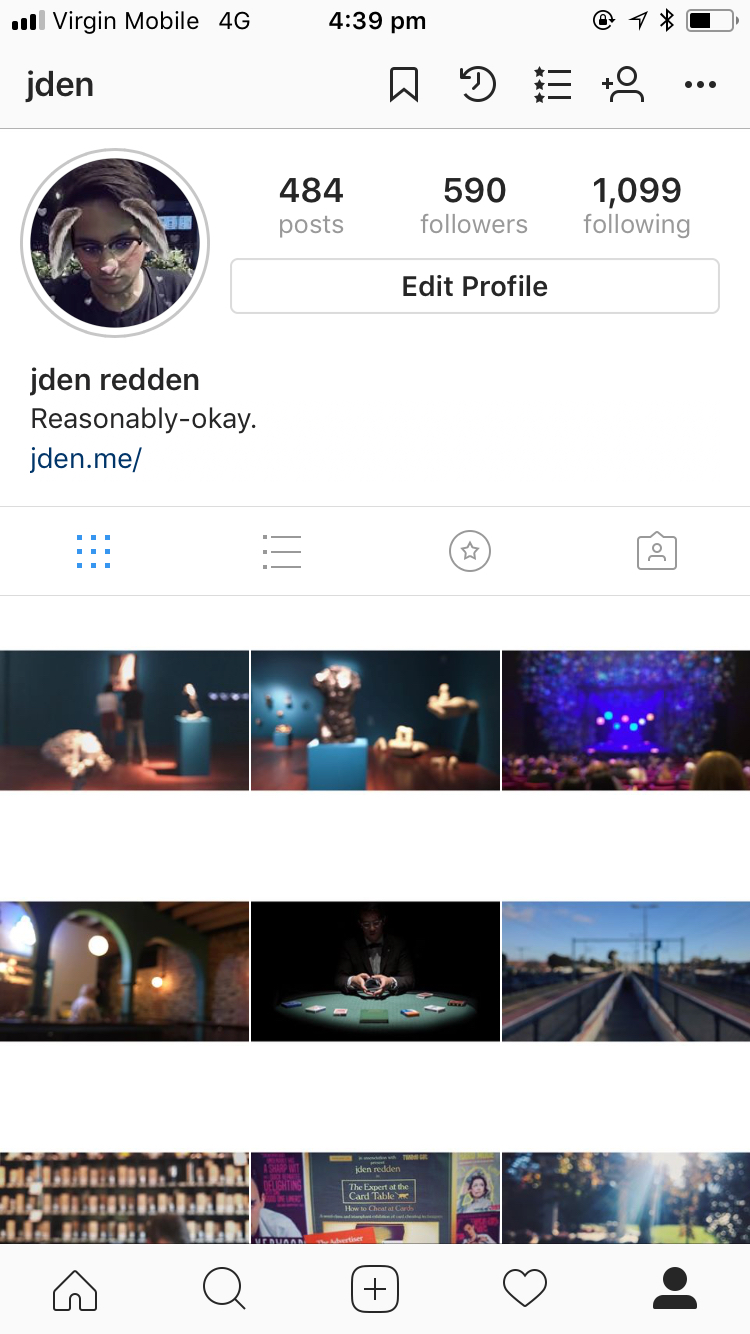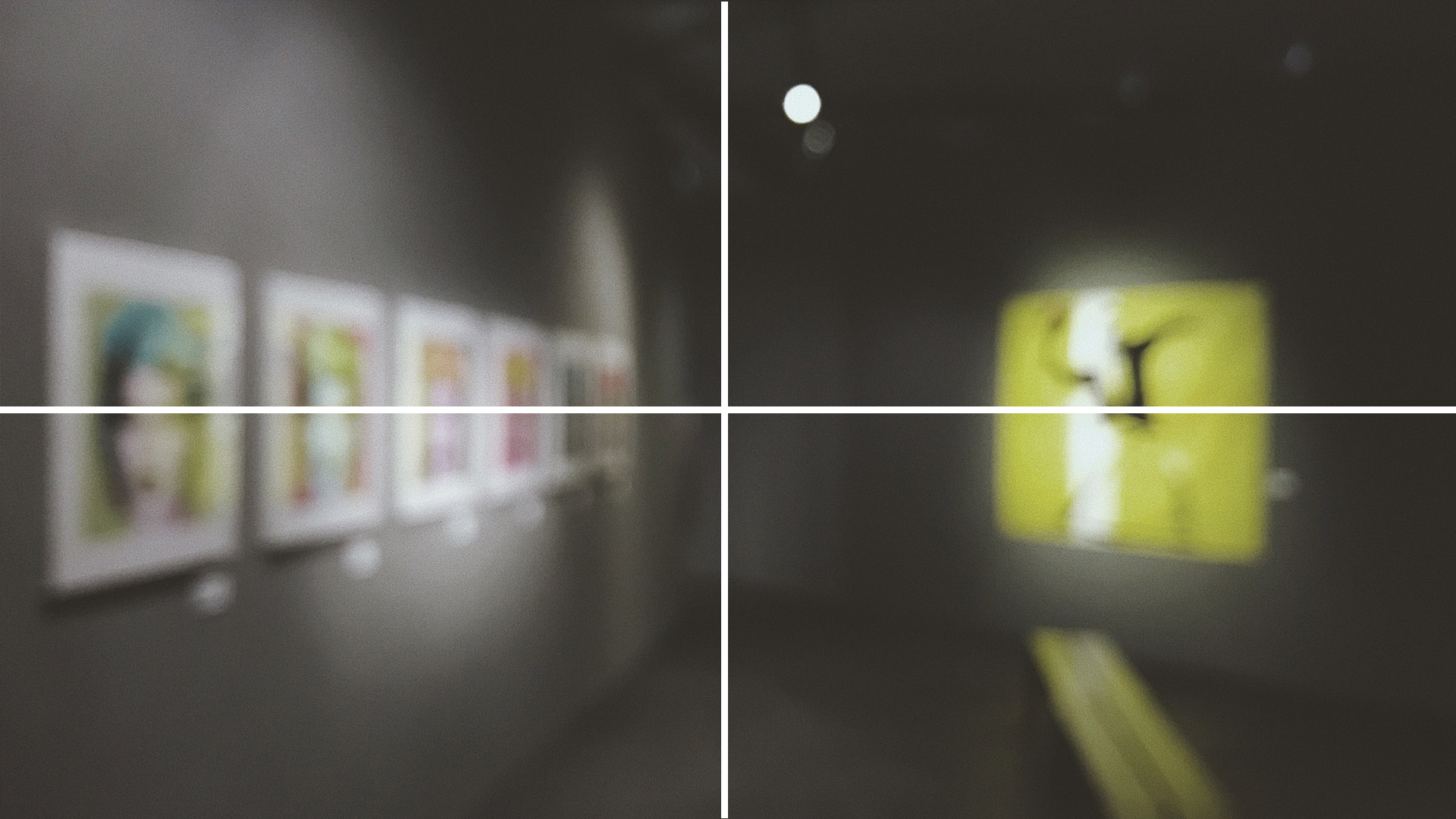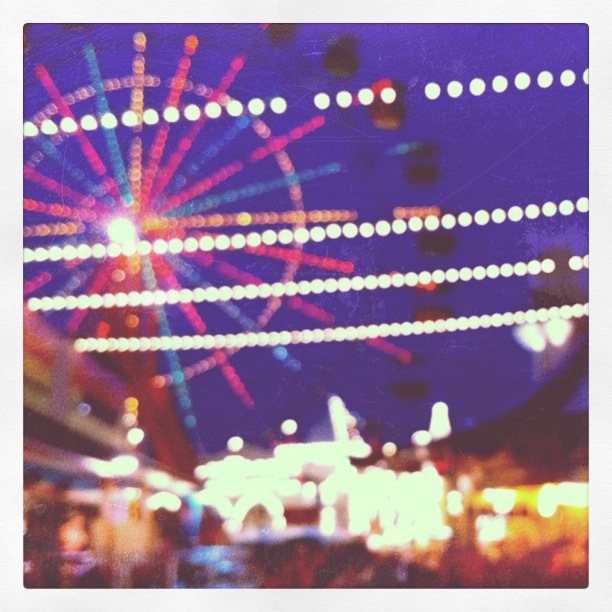An exercise in composition
To anyone who follows me on Instagram — @jden — have probably already noticed a particular style of my photos, and what often follows is,
Why are you all your Insta photos blurry?

To which I frequently reply, “they’re not blurry, they’re out-of-focus”, one of my friends will always quip “the only thing out-of-focus is your head”. The answer to why I my photos are blurry is numerous and many, some of which I will outline here.
1. I like it.
I like the way out of focus photos look. I’ve always been a fan of bokeh and ever since iPhone could show focus I was always trying to push them to the limits of the focal distances. Early versions of iOS — which was called iPhoneOS then — didn’t allow third party applications (or even first-party applications) take manual control of the camera, and hence you can’t hold the focus. You had to do tricks like focus on your finger up-close and then quickly remove the finger from the frame and take a picture before it autofocuses at infinity.
In what is probably my favourite photo I have ever taken I did this exact technique.
I was an early convert to Instagram, I signed up for the service before it was really a social network, when it was just an app with cool filters. This is a photo a took at Lunar Park in Sydney with iPhone 4 using Instagram, it is my most favourite photo I’ve taken and am still taken a back at when I took it: the 5th of January 2011. And if you were to pin-point when my obsession with out-of-focus photos started, it’s here.
2. Composition
Details are messy, composition is king.
No ones said that — probably — but I believe it. Details are excruciating, the benefits of the ever expanding number of pixels is to quote Oliver Pendergast from Easy A an “accelerating velocity of terminological inexactitude” or to be terse: a lie. You always get told this by seasoned professionals, or by you teacher that it’s not the camera that’s important, it’s not the number of megapixels, it’s your composition that makes a good photo, and a good photographer can take a masterpiece on a dollar-store disposal camera. It took me a long-time to really understand this — I like fancy equipment — but looking back on my photo library there is a trend to reductionism and composition.
I like classical composition (I’m not sure if this is a real term but’ll suffice) in that I’m not doing anything too fancy except for symmetry and the rule-of-thirds. I also shoot all photo exclusively in 16:9 aspect ratio, I just like the cinematic look and forever lover of widescreen anything. This is the part where I now overlay the rule-of-thirds over some of my Instagram photos to illustrate the point.
Technical point: I use Manual by William Wilkinson & Craig Merchant for the manual control over focus, VSCO for editing (mainly film grain) and finally Whiteagram for posting to Instagram with white 16:9 border.
 #arch at University of South Australia
#arch at University of South Australia
 Happy Christmas Ron
Happy Christmas Ron
 First Blurry Photo of the Year
First Blurry Photo of the Year
 ✌️
✌️
 #chooselife at Trainspotting Live
#chooselife at Trainspotting Live
 “Look more candid” at Mr Goodbar
“Look more candid” at Mr Goodbar
 This is Amy—a friend I made at the art gallery—staring at a blank wall.
Digital photograph transferred to Instagram, 2017.
jden redden, 1994-present. at Art Gallery of New South Wales
This is Amy—a friend I made at the art gallery—staring at a blank wall.
Digital photograph transferred to Instagram, 2017.
jden redden, 1994-present. at Art Gallery of New South Wales
 hashtag art at Carclew
hashtag art at Carclew
 at National War Memorial (South Australia)
at National War Memorial (South Australia)
 A mirror. #soedgy at Her Majesty’s Theatre
A mirror. #soedgy at Her Majesty’s Theatre
 Man dates. at T Bar
Man dates. at T Bar
 🙈 at NOLA Adelaide
🙈 at NOLA Adelaide
 versus Rodin. at Art Gallery of South Australia
versus Rodin. at Art Gallery of South Australia
And now some that are symmetrical.
 Street art not in the street. at The Art of Banksy Melbourne
Street art not in the street. at The Art of Banksy Melbourne
 ⭐ at Adelaide Railway Station
⭐ at Adelaide Railway Station
 “art” at Art Gallery of New South Wales
“art” at Art Gallery of New South Wales
 Morbid Curiosities. at Peanut Gallery Adelaide
Morbid Curiosities. at Peanut Gallery Adelaide
 Trainspotting at Ascot Park Train Station
Trainspotting at Ascot Park Train Station
 versus 👫 at Art Gallery of South Australia
versus 👫 at Art Gallery of South Australia
3. Transient Memory and Moments
Now for the third reason I like to take out-of-focus photos; it lets me remember moments as hazy recollections of being present. Rather than take a picture of all the art in the gallery or document every curiosity I walk past, I take one or two out-of-focus photos that capture the vibe of the moment. Why take a photo of something that has been photographed a thousand times? Someone always has a better camera than you, the documentarian will always observe and report the details — but I will save the moments in perfectly composed out-of-focus frames that blend with the way my brain will remember it, and then spend time remembering it by being there — presently.
You can see the complete collection and some-other-rare-non-out-of-focus photos on my Instagram @jden.
